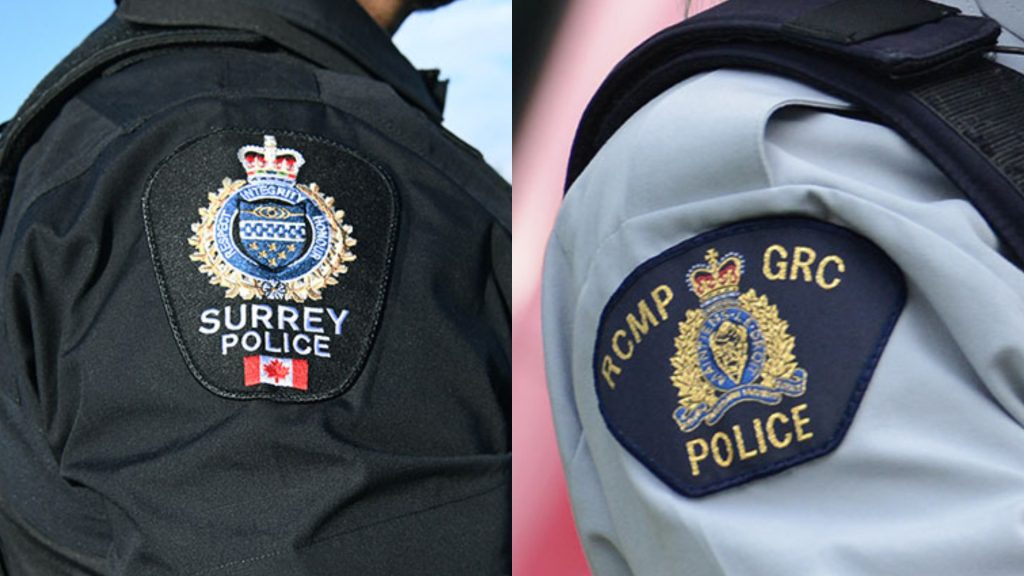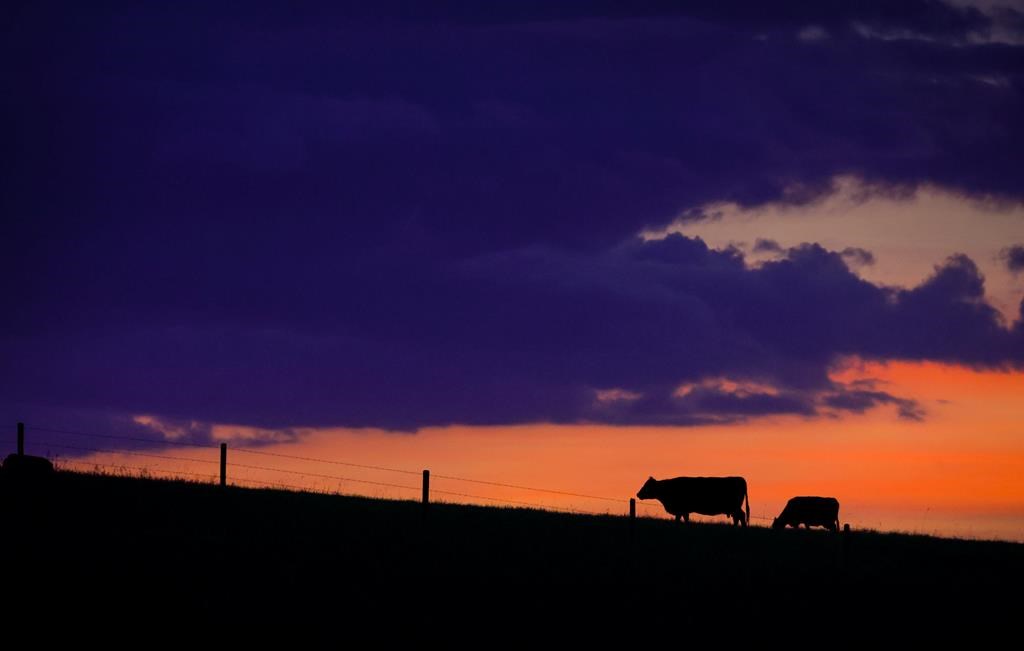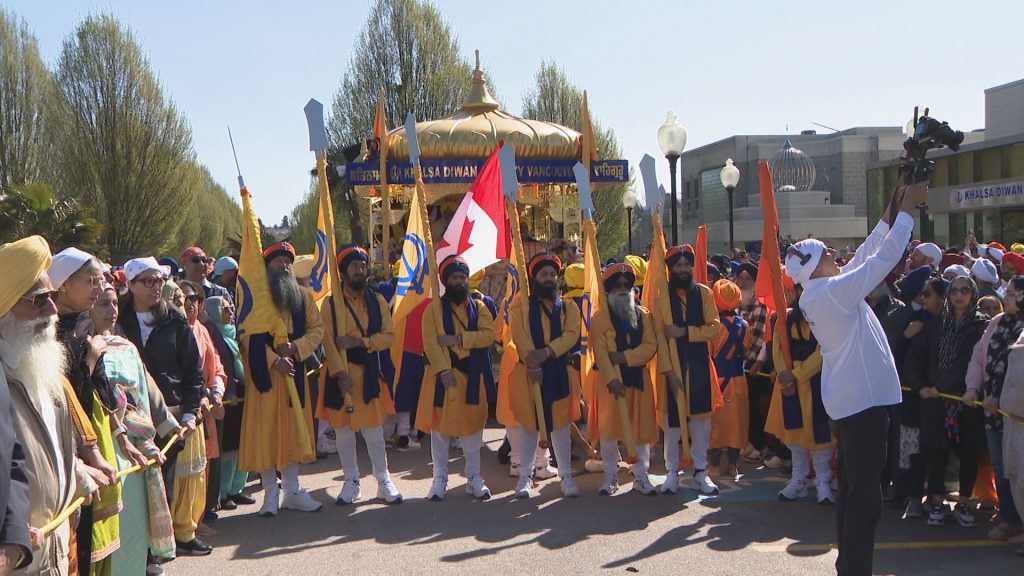Lower Mainland air quality levels among the worst in recent years
Posted August 20, 2018 10:58 am.
Last Updated August 20, 2018 4:16 pm.
This article is more than 5 years old.
VANCOUVER (NEWS 1130) – A thick, smoky haze has returned to Metro Vancouver and the Fraser Valley, and the Air Quality Health Index (AQHI) in many areas is as high as it has ever been in recent years.
As of late Monday morning, northeast and northwest sections of Metro Vancouver reported an AQHI past the upper threshold of 10, indicating a very high health risk.
“The levels we’re seeing right now are ten to 20 times higher than the particle levels we would normally expect to see, and in some isolated cases, even higher than that,” says Francis Ries, a Senior Project Engineer with Metro Vancouver.
While he can’t say if the current air quality is the worst ever seen in the region, Ries says the current levels are among the worst recorded with modern equipment.
“The levels we measured at Hope over the weekend, from what we can tell… are, I think, the highest wildfire smoke levels we’ve measured certainly in the last few years,” he says.
Those at particular risk include those with heart and lung conditions, as well as diabetics, infants, or the elderly. Those groups are advised to avoid strenuous exercise, and avoid being outdoors at all if possible.
For everyone else, Ries says the risk of being outdoors in not necessarily that high, “although if you have a choice to postpone strenuous exercise, or not go for that 20 kilometre outdoor run today, that might be a good idea.”
Respirologist Dr. Don Sin with St. Paul’s Hospital tells Breakfast Television that if you have to choice but to work outside, it’s advisable to wear a properly-fitting N95 surgical mask to filter out the potentially harmful particles.
“Surgical masks are useless for this kind of environment,” he adds.
Those who typically walk or jog to work are advised to consider taking a bus or Skytrain instead until the air quality improves.
Environment Canada says elevated levels of fine particulate matter are expected to last for a few days yet. Smoke concentrations may vary widely across the region, depending on the wind, the temperature, and wildfire activity.










